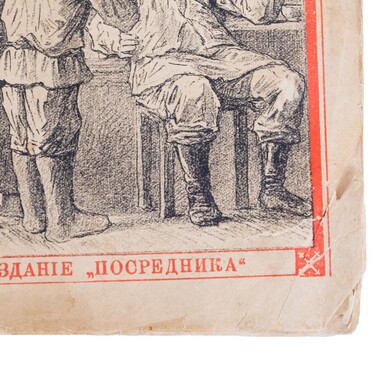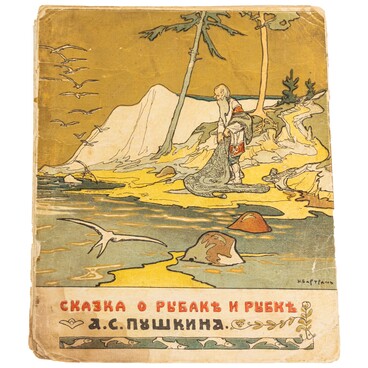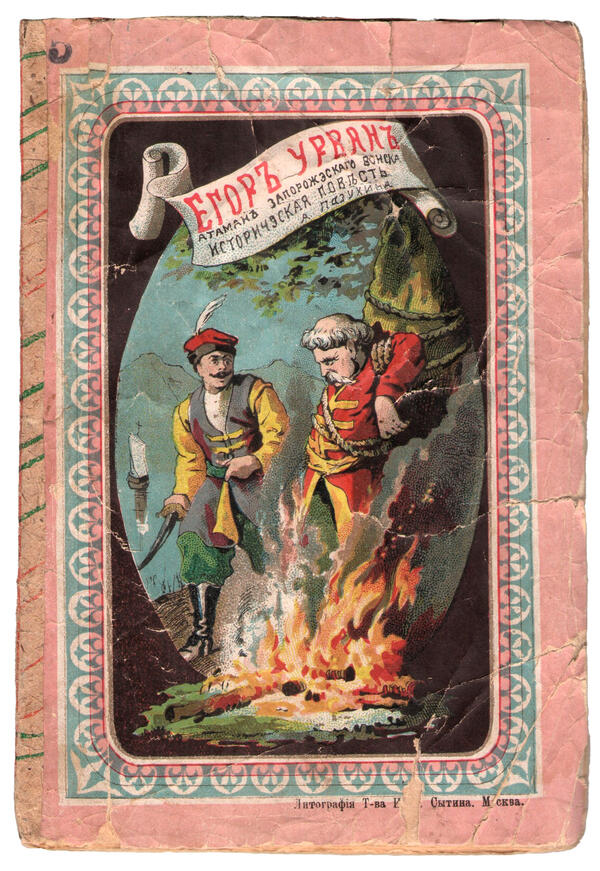The range of products made by Sytin & Co was very large. The company targeted different segments of the population. Ivan Sytin paid special attention to peasants, publishing “lubok literature”. From the very beginning, Sytin’s printing house produced so-called lubok books with bright, memorable covers and titles. At first, they were not distinguished by high artistic taste, but were very cheap: with 16 pages, they cost from 2 to 4 kopecks. Lubok books were widely popular among house serfs, clergy, and artisans.
This kind of literature was widely sold in bookstores on Nikolskaya Street. Merchants of the Nikolsky market created and published them themselves. They sought and found ways to pursue their target audience — a somewhat literate village reader. The authors of these folk books were seminarians that never finished their studies, officials that loved to drink and other people who lost their jobs and reputations. The fee of these writers was comparable to the amount of loose change given to beggars: for 36 small pages (1 printed sheet) they received from 3 to 5 rubles. In addition, the rights to the works they wrote were owned by the publisher. Works were chosen by title, at random, almost no one read them before publication. The authors often engaged in plagiarism. It also happened that the book cover illustration did not adequately display the content. Along with religious subjects, lubok books covered fairy tales and real-life stories. Some works of Alexander Pushkin, Nikolai Gogol, and Mikhail Lermontov (often in a distorted form), as well as works of folk satire (“Ersh Ershovich”, “Shemyakin’s Justice”) were made into popular lubok books.
In 1883, the writer Alexey Mikhailovich Pazukhin
created a novel with the catchy title “Yegor Urvan — Ataman of the Zaporozhian Army”.
It had a vibrant cover. Neither by the title nor by the picture on the cover
can it be assumed that this is an adaptation of Nikolai Gogol’s story “Taras
Bulba”: after falling in love with a beautiful polish lady, the younger son
betrays the young maiden Marusya, and the effeminate Ostap performs a feat
protecting the offended Cossack woman. The cheerful and wayward character of
Taras Bulba was also radically changed — he was portrayed as a rather evil
person. In general, Gogol’s plot in lubok books were often reworked, new
details were added, while original episodes were omitted. The changes had to be
significant, so that it was difficult to see the connection between the lubok and
the original.



